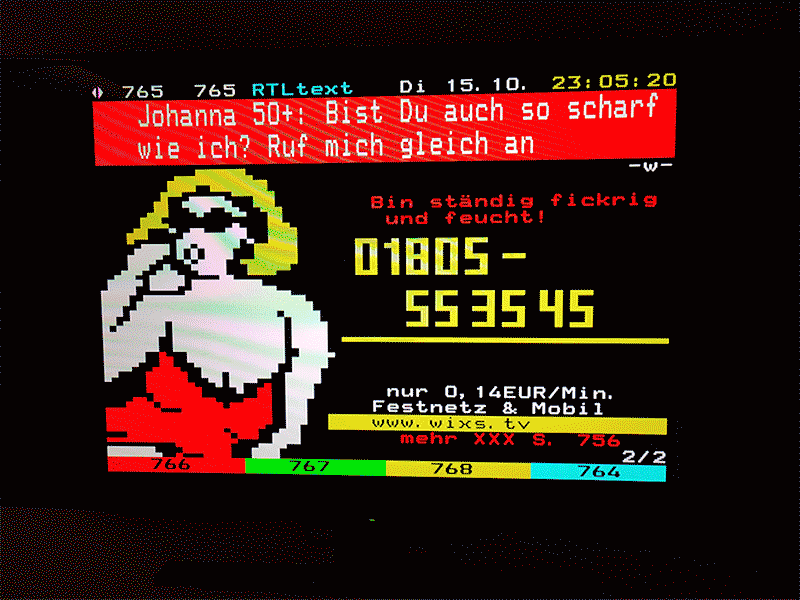
I was looking for teletext in some 250 TV-channels in a Romanian hotel and I found Italian, Romanian and German teletext. The most well-made graphics was the German xxx-stuff…

Condensation (Zusammenfassung) by Timm Ulrichs, early 1960s. From Typewriter Art.
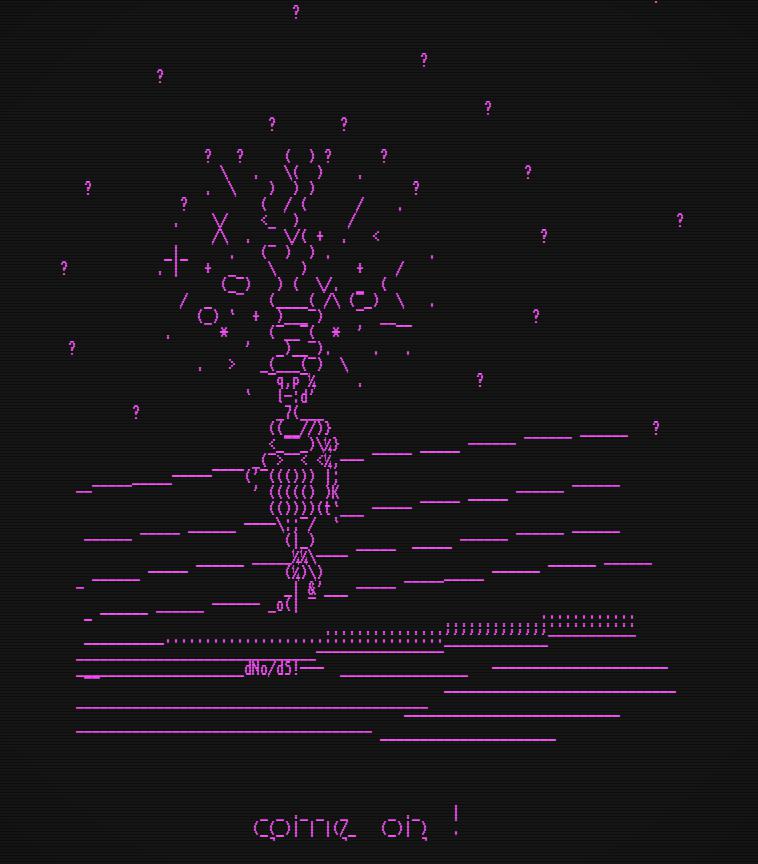
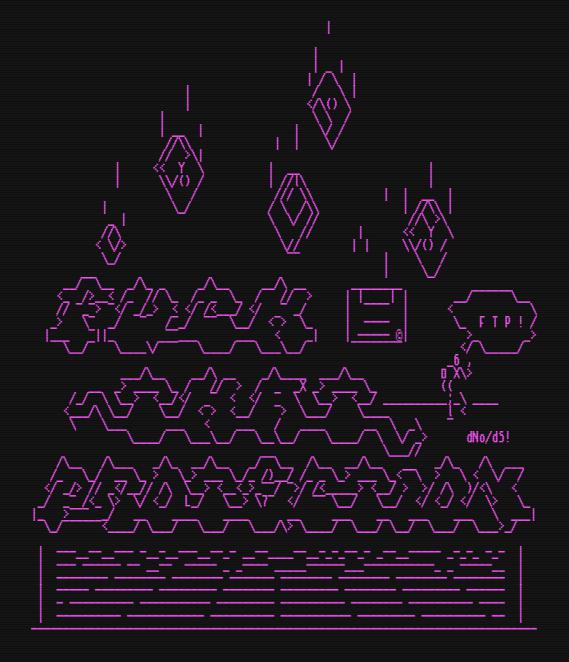
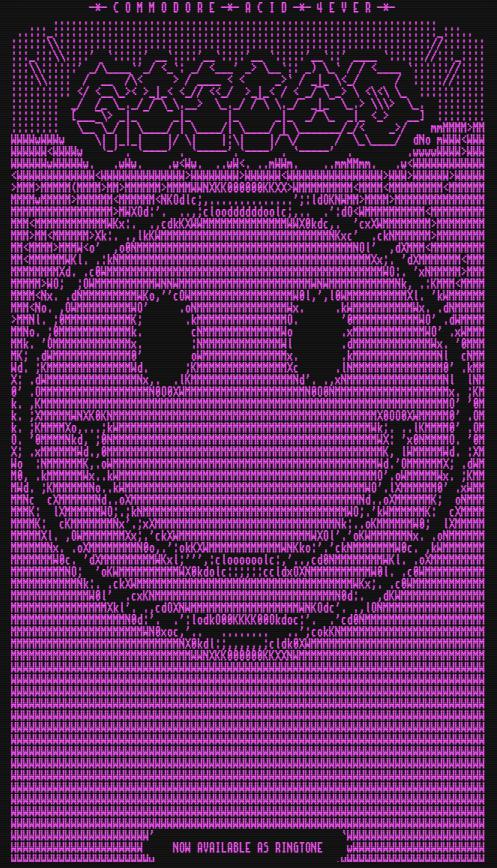
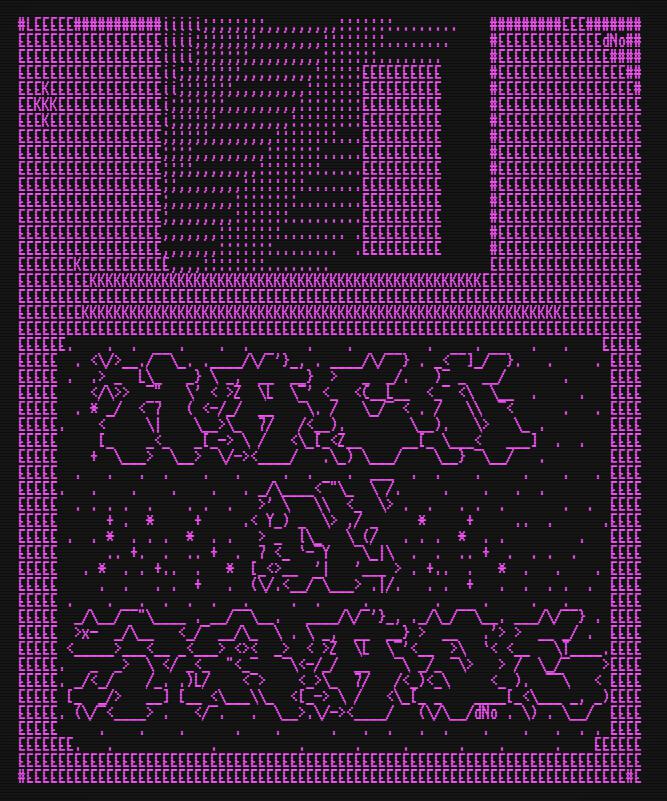

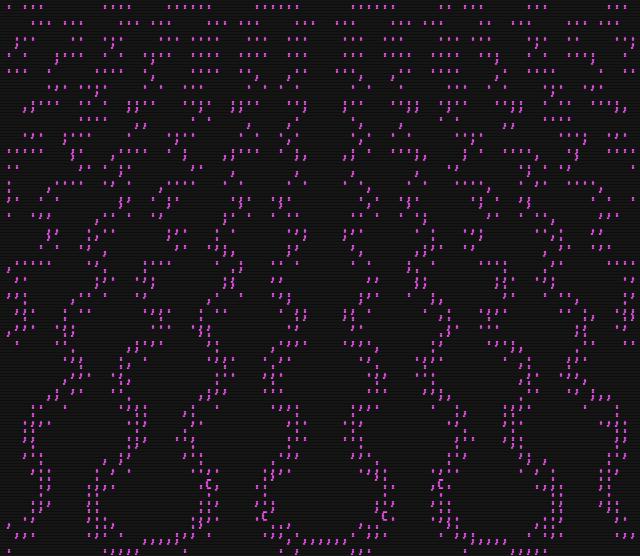
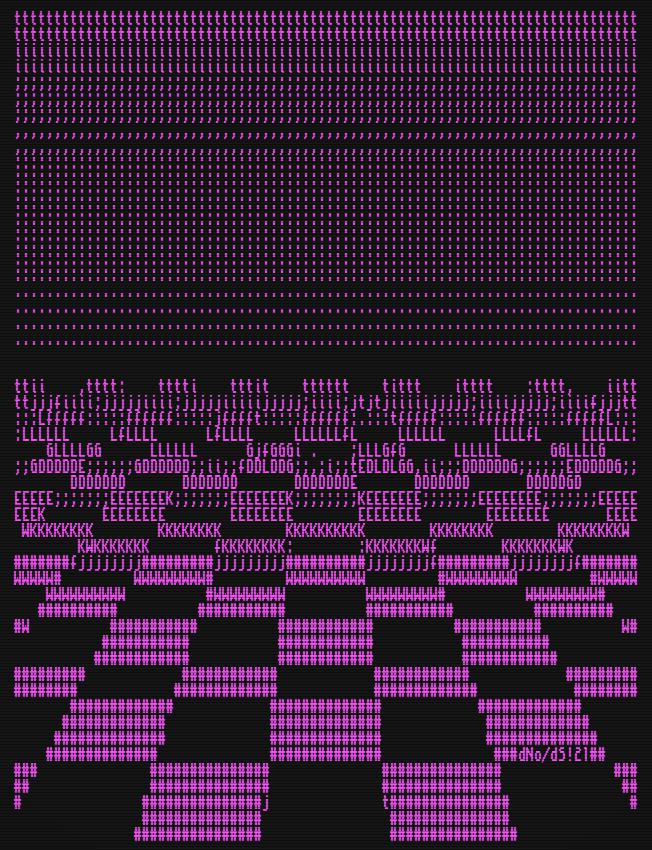

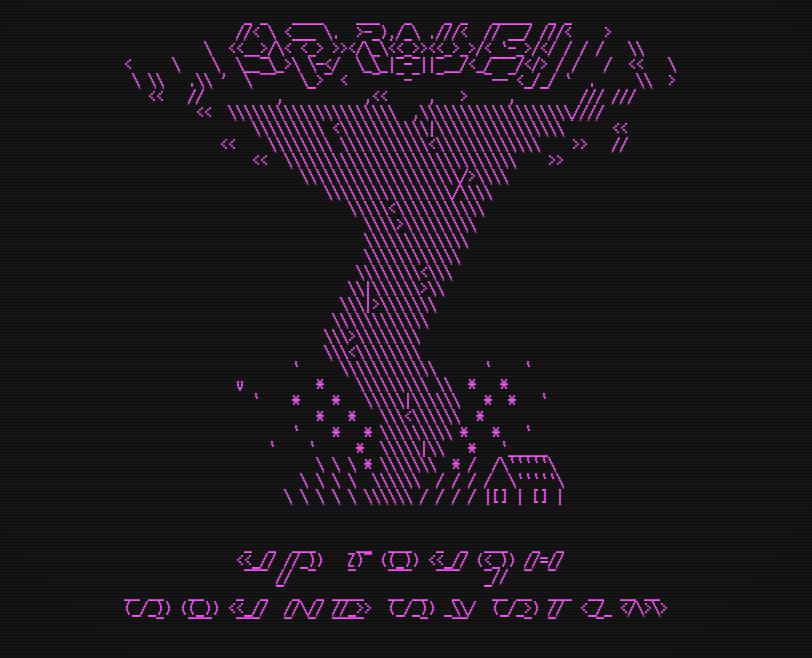
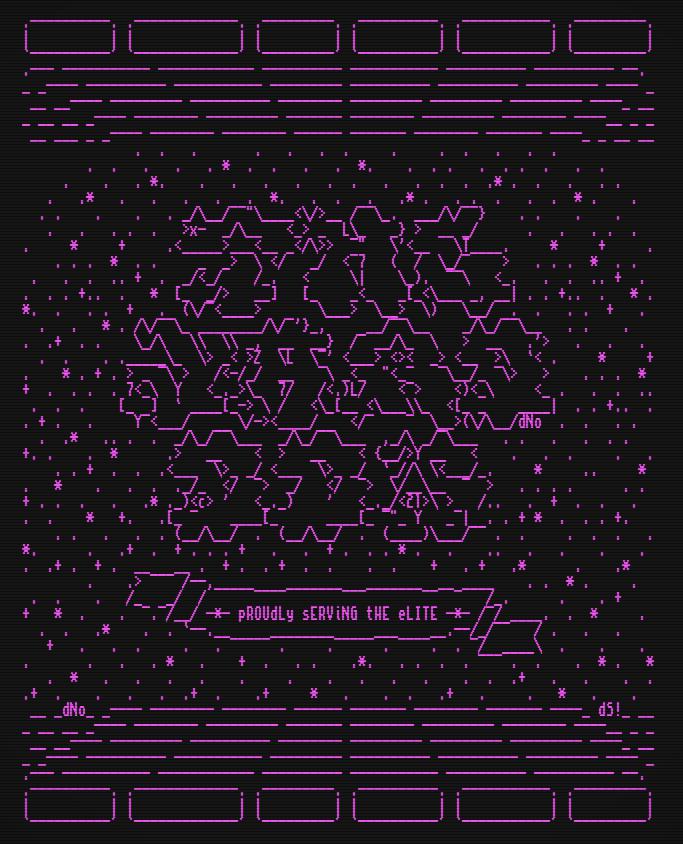
From Ascii Graffiti 2 by Dino, 2021. A huge Amiga ASCII colly of more than 16,000 lines. He developed his own figlet fonts for this.
More Dino posts here.

Ad campaign by thjnk for the German teletext service ARDText when it celebrated 33 years in 2014. They also made teletexttheworld.com that converted uploaded photos to teletext graphics.
More images in an older post.




From Sieben Theile Wohlriechender Lebens-Früchte by Georg Weber, 1649. Pattern poetry like this was very common in Germany at the time, but it was unusual to collect several ones in one publication. Also see this.
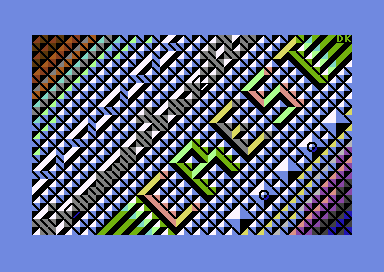
Diamond Fever, C64 PETSCII by Deekay, 2024.
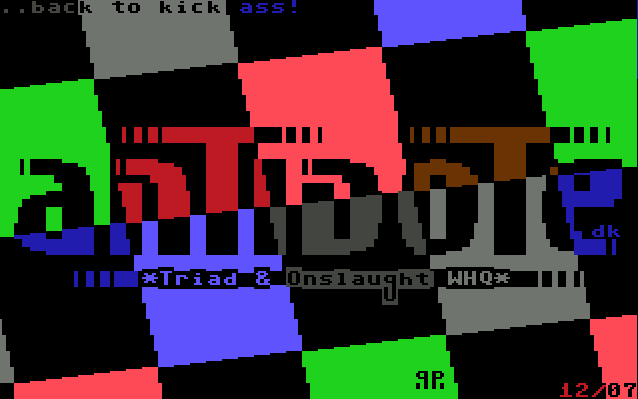
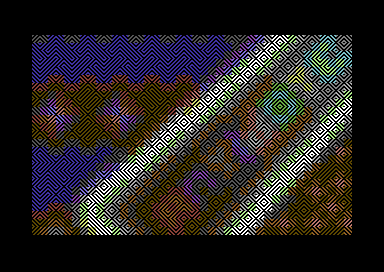
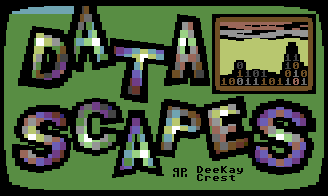
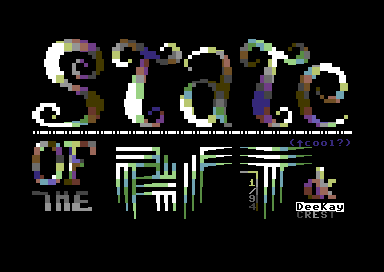
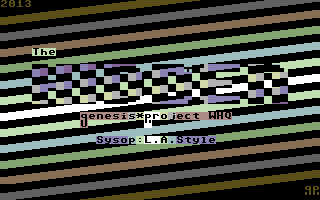
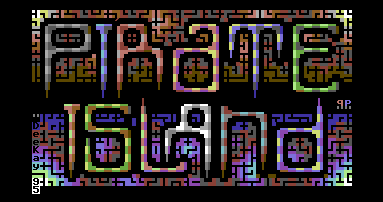
C64 BBS-graphics by Deekay, made 1994-2013 from what I can tell. Logos for Antidote, Antidote, Datascapes, State of the Art, The Hidden and The Pirate Island.

Zapzilla is a teletext browser for Linux, Solaris and FreeBSD. It lets you browse and save teletext pages, and supports all the (WST) graphics standards and character sets. Also adds features like clickable links. It was mainly developed by Michael H. Schimek in the 2000’s.
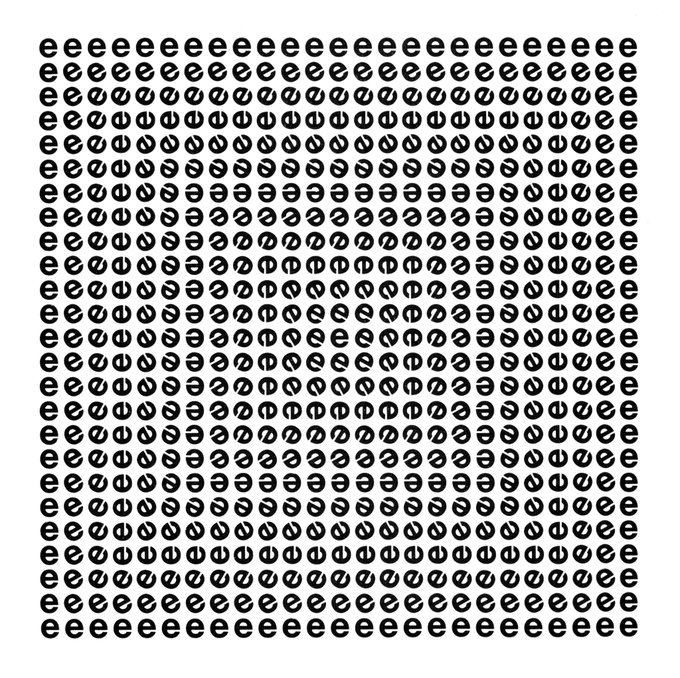
By Timm Ulrichs, published in Anthologie zur Visuelle Poesie, 1968.
More Ulrichs posts